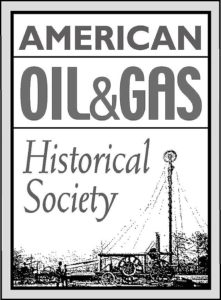This Week in Petroleum History: March 31 – April 6
March 31, 1919 – Oklahoma’s Other First Oil Well –
The Cherokee-Warren Oil and Gas Company incorporated — taking over the remaining assets of the exploration venture that drilled Oklahoma’s “other first oil well” in Indian Territory. That well, drilled in 1889 but abandoned by the United States Oil and Gas Company, was on a 100,000-acre lease in the Cherokee Nation.
Edward Byrd, a Cherokee by marriage, had found oil seeps southwest of Chelsea in 1882. Two years later the Cherokee Nation authorized his United States Oil and Gas Company, “for the purpose of finding petroleum, or rock oil, and thus increasing the revenue of the Cherokee Nation.”
Learn more in Another First Oklahoma Oil Well.
April 1, 1911 – First Gusher of “Pump Jack Capital of Texas”
South of the Red River border with Oklahoma, near Electra, Texas, the Clayco Oil & Pipe Line Company’s Clayco No. 1 well launched an oil boom that would last decades. “As news of the gusher spread through town, people thought it was an April Fools joke and didn’t take it seriously until they saw for themselves the plume of black oil spewing high into the sky,” noted a local historian. (more…)

